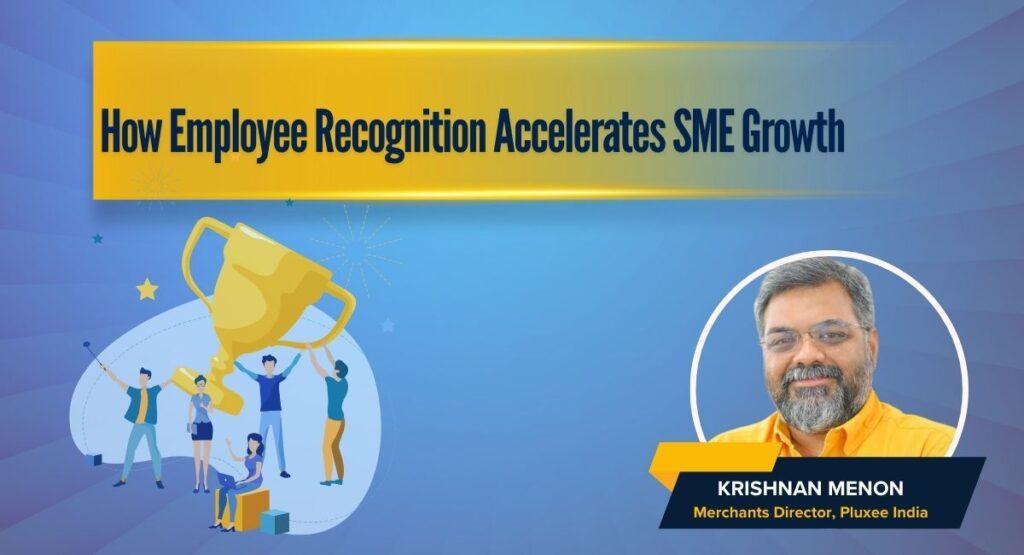One of the most crucial—yet often overlooked—aspects of job hunting is checking whether a potential employer contributes to the Employee Provident Fund (EPF). Managed by the Employees’ Provident Fund Organisation (EPFO) under the Ministry of Labour and Employment, Government of India, the EPF is a widely recognized retirement savings scheme. Both the employee and employer contribute 12% of the employee’s basic salary and dearness allowance (DA) each month. These contributions earn interest at a fixed rate, which is calculated monthly but credited at the end of the financial year.
A lot of people have heard about EPF, but don’t fully understand how it works. Questions like “Am I eligible?”, “What EPF benefits do I get?”, or “How can I withdraw my money?” often come up. This guide is here to clear things up. We’ll walk you through the basics of EPF—why it’s important, how it functions, and how you can take advantage of it.
How does EPF work?
The EPFO takes care of EPF accounts across the country. They manage your monthly contributions, add interest, and handle claims when you want to withdraw money.
Every employee gets a 12-digit number called a UAN (Universal Account Number). This number stays the same even if you switch jobs. It helps you keep track of all your EPF accounts in one place.
When you join a new company, they give you a new member ID, but it gets linked to your existing UAN. This makes it easy to transfer your EPF balance and see your full contribution history.
EPF Eligibility criteria
The EPF scheme has the following eligibility criteria:
- The EPF scheme applies to both Indian employees (except the states of Jammu and Kashmir) and foreign workers from countries that have bilateral agreements with the EPFO.
- Companies with 20 or more employees must participate in the EPF scheme, although some smaller organizations with fewer than 20 employees may also be included based on specific criteria and exemptions.
- EPF scheme is only available to salaried employees. Freelancers and the self-employed are not eligible.
- The EPF scheme is compulsory for employees with a basic salary of up to ₹15,000. For those earning above ₹15,000, participation is voluntary, and enrollment doesn’t happen automatically for either the employer or the employee.
Benefits of EPF
Let’s take a look at some of the key benefits of EPF:
- Retirement Savings: Regular contributions to your EPF account build up over time, creating a solid financial base for retirement.
- Attractive Interest: EPF accounts offer competitive interest rates, helping grow your savings more effectively over time. The current EPF interest rate stands at 8.25%.
- Tax Advantages: Interest earned on EPF is tax-free up to certain limits. Interest earned on EPF contributions exceeding ₹2.5 lakh in a financial year is treated as taxable income and is also subject to TDS.
- Additional Coverage: EPF membership also includes benefits like life insurance and pension payouts after retirement.
- Partial withdrawals: EPF also permits partial withdrawals under certain conditions, such as for building a house, funding higher education, covering medical expenses, or paying for marriage. These withdrawals are subject to specific rules and eligibility criteria.
When and how you can withdraw from EPF
The EPF scheme allows employees to withdraw their funds under specific circumstances, subject to eligibility and conditions set by the EPFO. Currently PF account holders can make three kinds of withdrawals:
Complete PF withdrawal: You can withdraw the entire EPF balance only under the following two conditions:
- Retirement: Full withdrawal is allowed upon retirement.
- Unemployment: If you’re unemployed for more than one month, up to 75% of the EPF balance can be withdrawn. If unemployment continues for two months or more, the entire PF balance becomes eligible for withdrawal.
Partial PF withdrawal: Partial withdrawal from the EPF balance is permitted only for specific purposes, each with predefined limits. These purposes include medical treatment, marriage, education, purchase of land or house, home construction, and home loan repayment, among others.
Pre-Retirement Withdrawal: The EPFO permits individuals aged 54 or above to withdraw up to 90% of their EPF corpus one year prior to retirement.
Online withdrawal process
The EPFO portal offers an online EPF withdrawal facility, making the process quicker and more convenient. To use this service, ensure that your UAN is activated and linked with your KYC details (Aadhaar, PAN, and bank account). Once this requirement is met, you can follow the steps outlined below to withdraw your EPF online.
Step 1: Go to the official EPFO online portal. Log in to your EPF account using your UAN and password. Then, click on the ‘Manage’ tab to view available options.
Step 2: Navigate to the ‘Manage’ tab. Click on ‘KYC’ to verify that the personal information retrieved from your KYC documents is correct and up to date.
Step 3: Next, head to the ‘Online Services’ tab and select ‘Claim (Form 31- partial EPF withdrawal, 19-final settlement & 10C- pension withdrawal)’ to initiate the EPF withdrawal process.
Step 5: Enter the last four digits of your registered bank account number and click ‘Verify’.
Step 6: Select ‘Yes’ to confirm the online undertaking, authorizing that the EPF claim amount will be credited to your registered bank account. Click on ‘Proceed for Online Claim’.

Step 7: Under the ‘I Want to Apply For’ section, choose the appropriate option—Full EPF Settlement, EPF Partial Withdrawal (loan or advance), or Pension Withdrawal, based on your requirement.
Step 8: Select the relevant reason from the ‘Purpose for which advance is required’ dropdown menu. Enter the amount you intend to withdraw.
Step 9: Upload the necessary scanned documents. Your employer will then need to verify the request for further processing. Once approved, the EPF amount is typically credited to your bank account within 15 to 20 days from the date of application.
Apart from the EPFO portal, employees can also withdraw their EPF online via the Unified Mobile Application for New Governance (UMANG app). The simplified application process and the range of services offered through UMANG make EPF withdrawal more convenient and easily accessible.
Note: The following documents are required for EPF withdrawal:
- Subscriber’s bank account details
- Universal Account Number (UAN)
- Address proof (e.g., telephone bill, gas bill)
- Identity proof (e.g., Aadhaar card)
- Cancelled cheque of the beneficiary’s bank account showing the account number
We hope this guide has helped you understand the A to Z of EPF. Since it’s a crucial part of your savings and an important component of your salary, having a clear grasp of its features and withdrawal options is essential for managing your financial future effectively.





